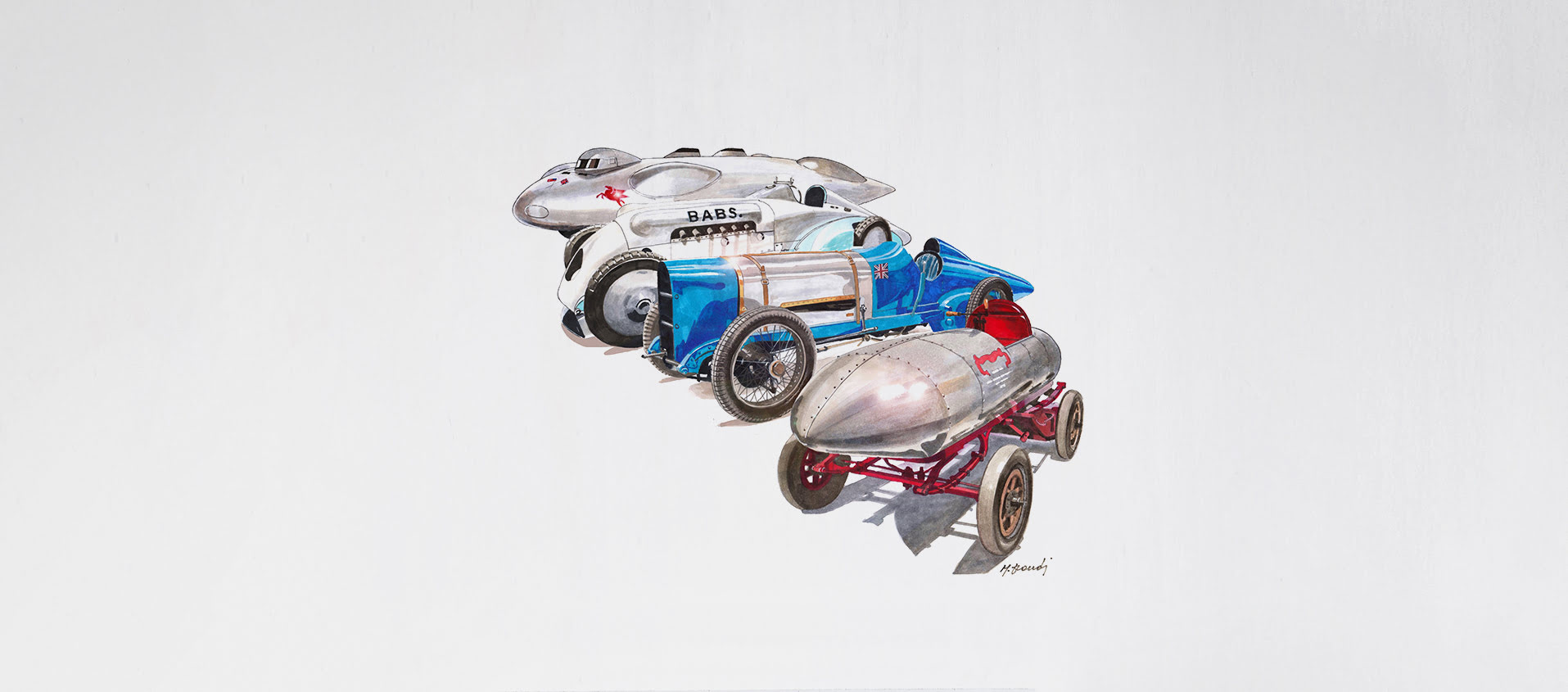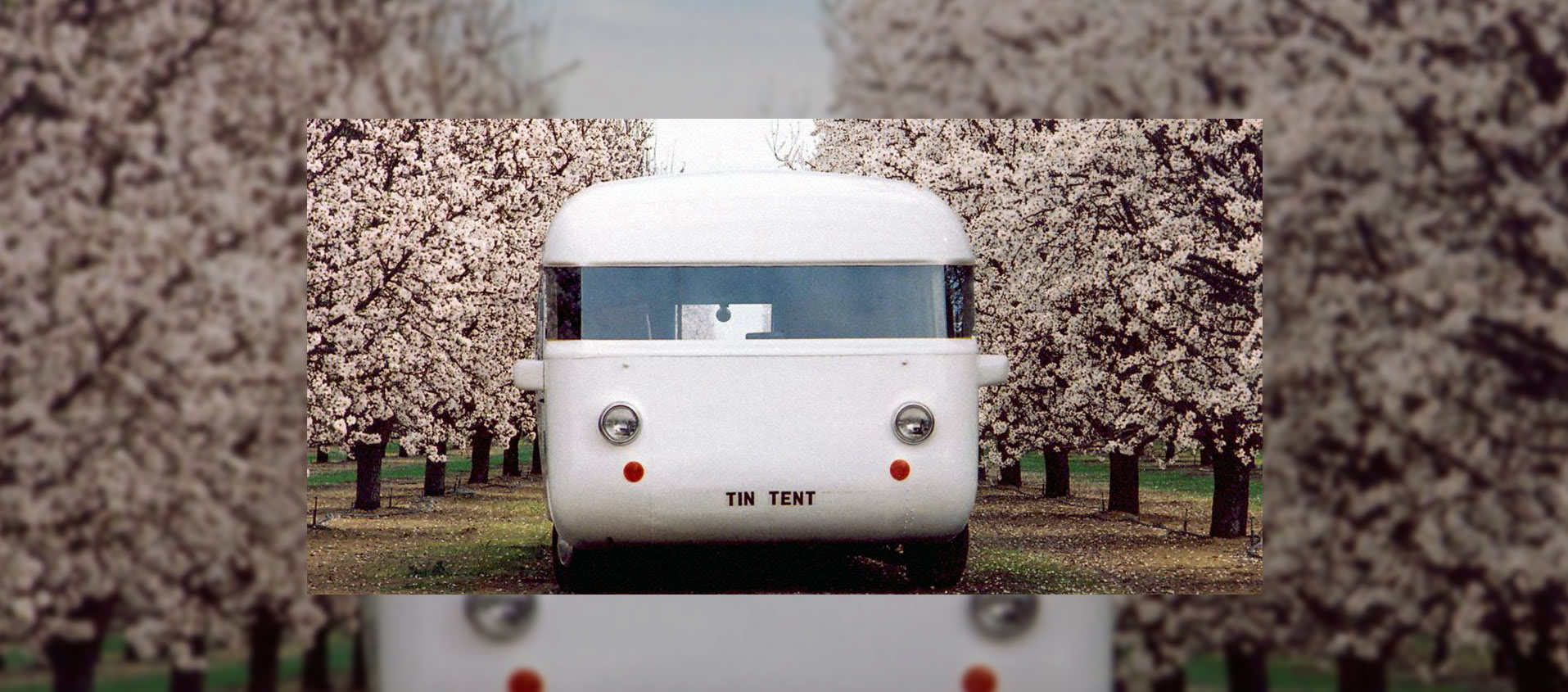Speed or travel time?
29 March 2021 3 min read 8 images

One hundred years before Christ, the Germanic tribes of the Cimbri slid down the snow-capped Alps by using their shields as sleds to attack the Roman army. We can’t say for certain that they broke any records, but for sure this was a very brisk way of shortening distances and saving energy. Today, the world speed skiing record is held by the Italian Ivan Origone at 254.958 kilometres per hour.
Register to unlock this article
Signing up is free and gives you access to hundreds of articles and additional benefits. See what’s included in your free membership. See what's included in your free membership.
Already have an account? Log In

